
Montrose Point is a birdwatcher’s dream located slap bang in the middle of the City of Chicago’s north side where Montrose Avenue meets Lake Michigan. It consists of many habitats including an area assigned as a bird sanctuary, trees, hedgerows, copses, grassland, open parkland, beach, sand dunes, harbor, and of course the wide open water of Lake Michigan itself. For many years the area was known as ‘The Magic Hedge’ named after a small hedge that attracted many species of birds on an otherwise grassy lawn. Nowadays the original ‘Magic Hedge’ is still there in the bird sanctuary and has an information sign in front of it, it is surrounded by additional great habitat planted to provide food and cover for a host of migratory birds
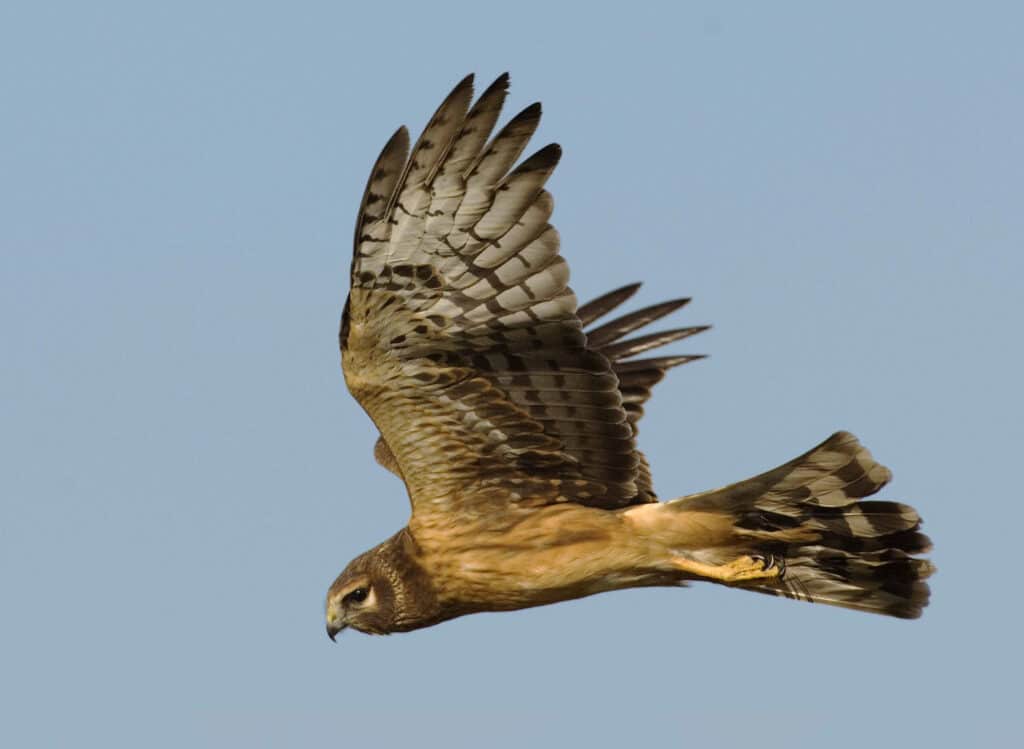
Over 340 species of bird have been recorded at Montrose Point including many exciting rarities to the City or State. Some examples include American Purple Gallinule, Cassin’s Sparrow, Ancient Murrelet, Curve-billed Thrasher, Townsend’s Warbler, Black-tailed Gull, and Wandering Tattler just to name a few. It is a fun place to visit at any time of the year but it is during times of migration when it excels.
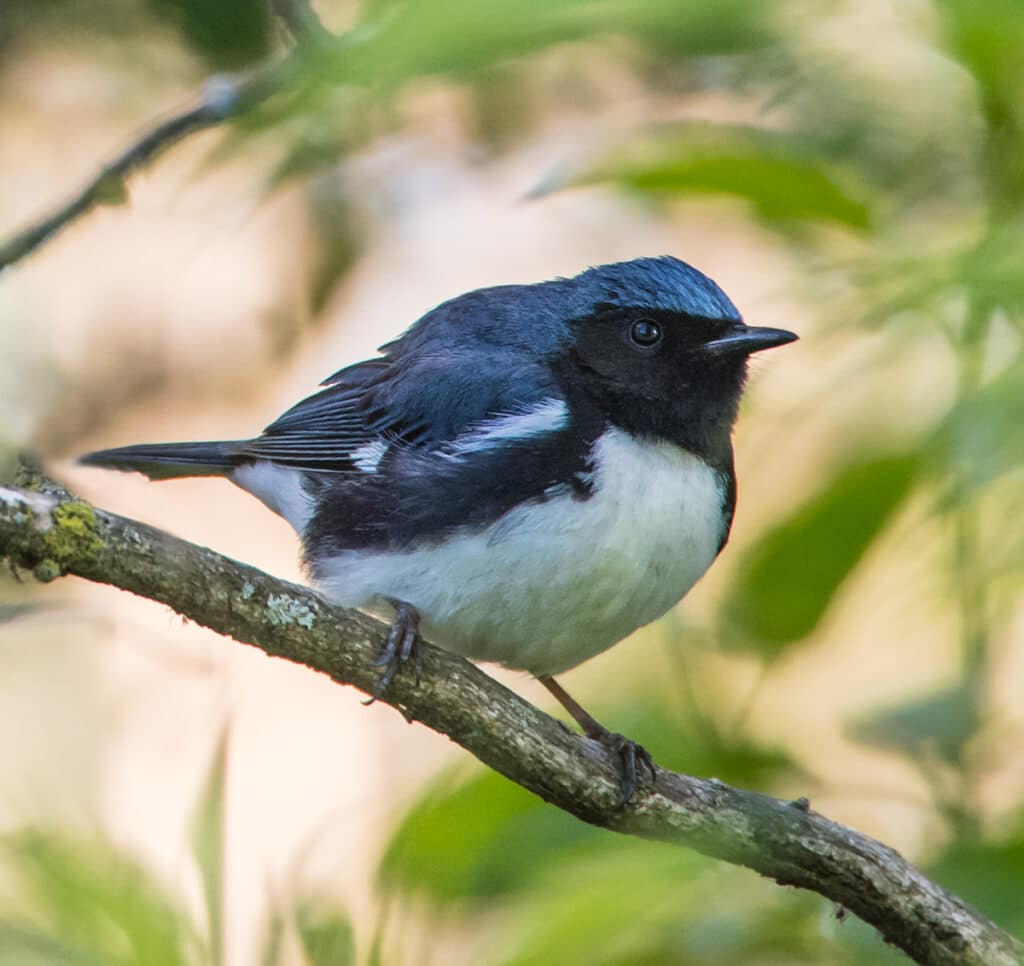
Fall migration at Montrose is a long protracted season, it starts as early as late June when the first returning adult shorebirds begin showing up on the beach shoreline. These include Semipalmated, Least, Stilt and Baird’s Sandpipers, Lesser and Greater Yellowlegs, Semipalmated, American Golden, and Black-bellied Plovers as well as the endangered Piping Plover (note: Piping Plover have bred at Montrose Beach since 2019). By late August juvenile shorebirds show up in greater numbers and tend to hang around more especially as usually, a nice green algae mat begins to form on the shoreline. The far eastern end of the beach has been fenced off by the Chicago Park District to provide an area where the shorebirds can rest free from the disturbance from the masses of human beachgoers.
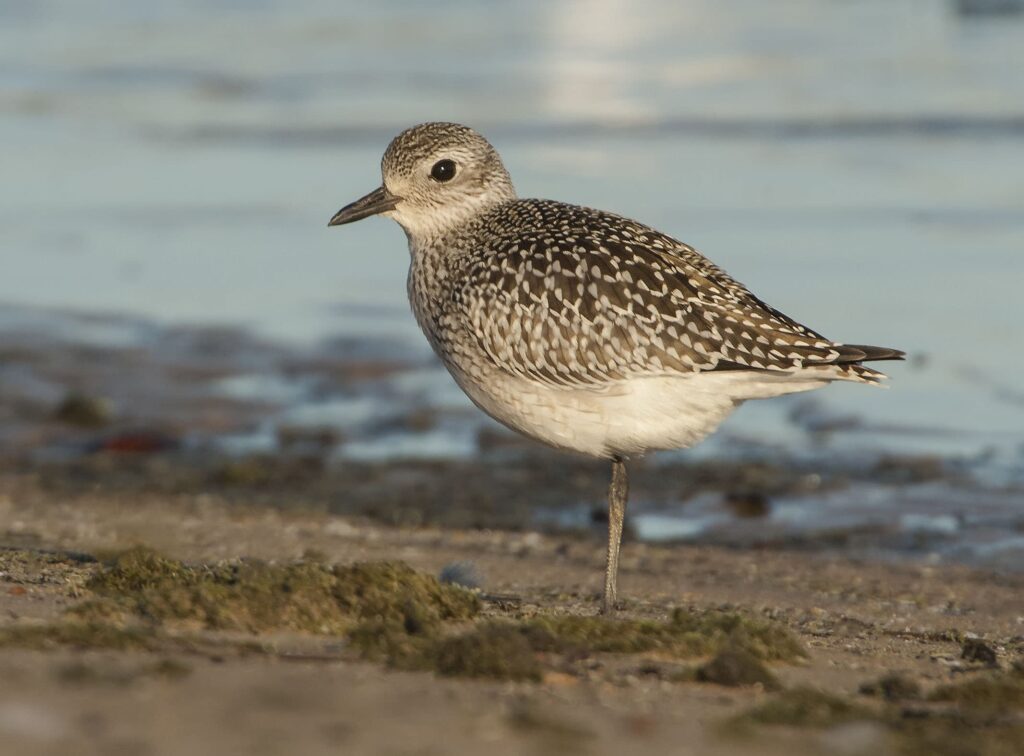
Aside from the shorebirds many species of gulls and terns use the beach to loaf or rest. In addition to the the semi-resident Ring-billed and Herring Gulls you have great chance to find Bonaparte’s, Laughing or Franklin’s Gulls on occasion, or Caspian, Common and Forster’s Terns that occasionally drop in or fly-by. Later on as the weather turns colder in late October Montrose is one of the best places in the State to observe waterfowl migrate south along the Lake Michigan shoreline, Red-breasted Mergansers move by or stage in their thousands along with Common Mergansers, Buffleheads, Common Goldeneye, Greater and Lesser Scaup, Redheads and smaller numbers of Long-tailed Duck, White-winged, Black and Surf Scoters.
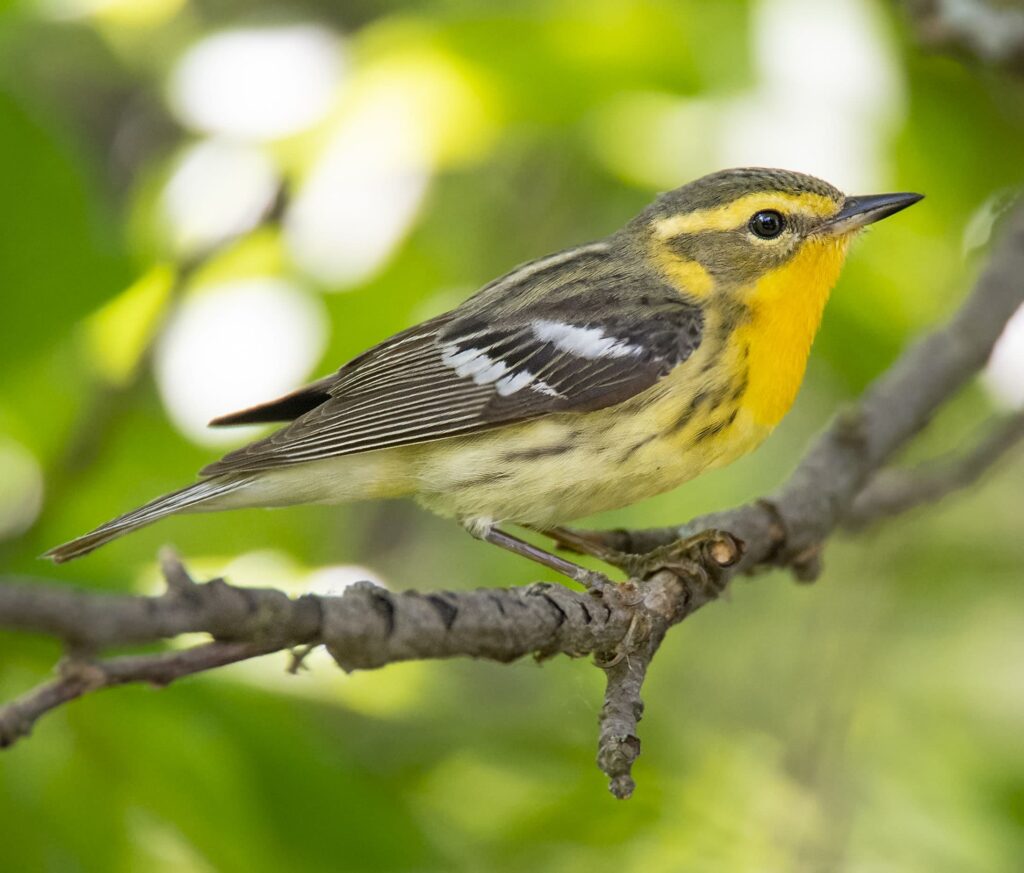
Land bird migration starts as a trickle in the middle of August when the first Least Flycatcher, Cape May Warbler, Swainson’s Thrush or migrant Yellow Warblers show up. By the end of the month and early September migration is in full swing. Warblers of over 20 species, Blackburnian, Bay-breasted, Blackpoll, Chestnut-sided, Canada, Black-throated Green, Black-throated Blue, Golden-winged, Ovenbird, Northern Waterthrush are among the earlier species, Palm, Orange-crowned, Tennessee and Yellow-rumped tend to be a little later and some can be seen still in late October and even into November. After the early push of warblers dwindles and the nights start to get a little cooler in the second half of September and early November we begin to see the first Sparrow migrants, these include Swamp, Song, Lincoln’s, White-throated, White-crowned, LeConte’s Sparrows in the prairie grasses and shrubs while Savannah and Nelson’s Sparrows can be located in the beach dune grass.
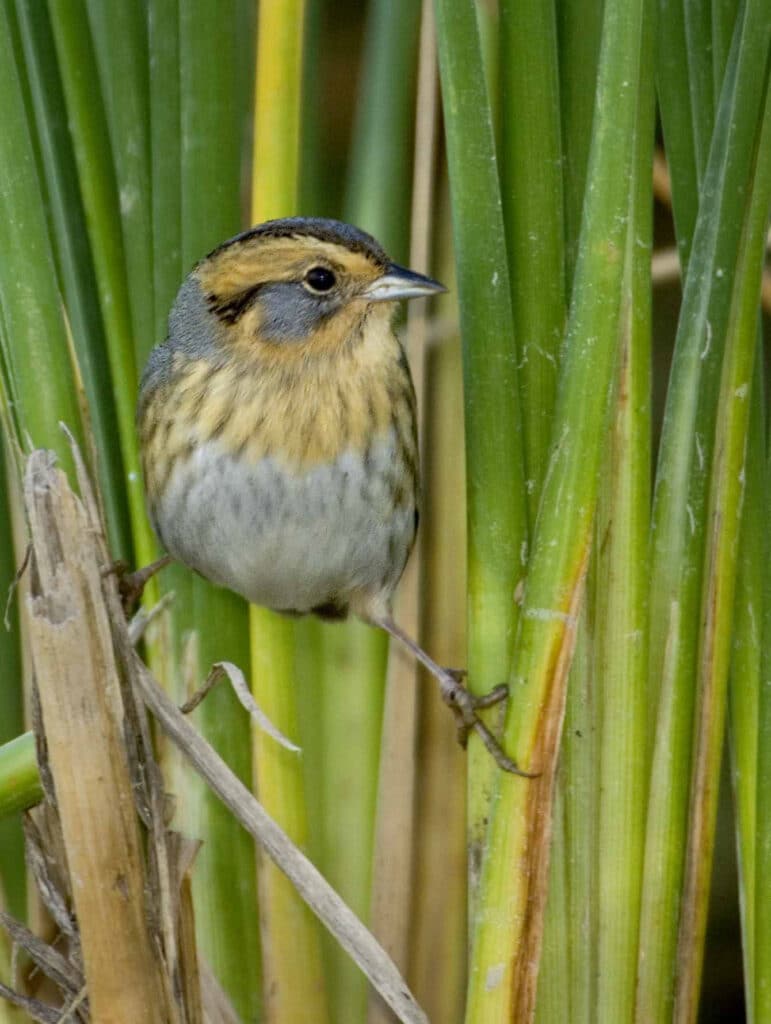
Thrushes include all of the regular Cathurus species, Swainson’s in large numbers plus smaller numbers of Veery, Wood and Gray-cheeked Thrush. Flycatchers from the Empidonax family too are also prominent in their numbers but unlike spring when they can be easy to identify by their voice the similar plumage of these species and their silent fall habits make them much harder to determine their identity. However Yellow-bellied, Least, Willow and Alder Flycatcher will all be present. Eastern Kingbirds are also present in large numbers and for the sharp-eyed be on the lookout for a rare Western Kingbird that shows up most years.
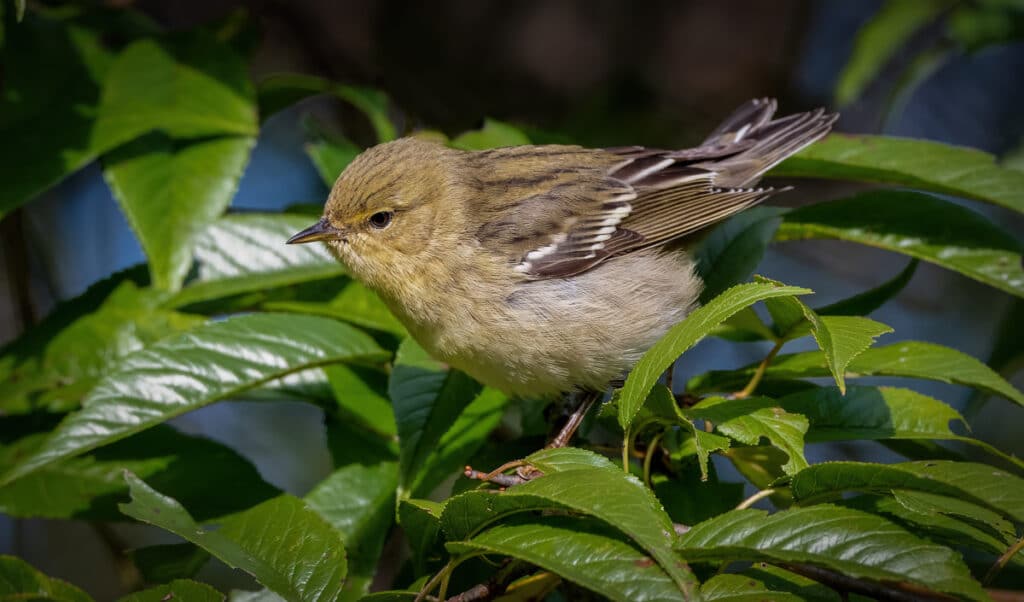
When the first Dark-eyed Junco, Fox Sparrow, Hermit Thrush, Golden-crowned Kinglet or perhaps the scarce Northern Shrike show up it’s normally around the first overnight frost of the fall sometime in October and you know winter is not far around the corner. However migration continues throughout the month, due to it’s eastern most location on the lake, hawk migration is not too prominent at Montrose but many hawks can still be seen overhead such as Red-tailed or Cooper’s Hawks, or perhaps an arctic Rough-legged Hawk. Northern Harrier’s surprisingly seem to migrate over the water, so by scanning the lake you can often get a surprise when one of these fly through your field of view. Throughout migration passerines are terrorized by migrating Merlin, a small falcon that feasts on tired migrants.
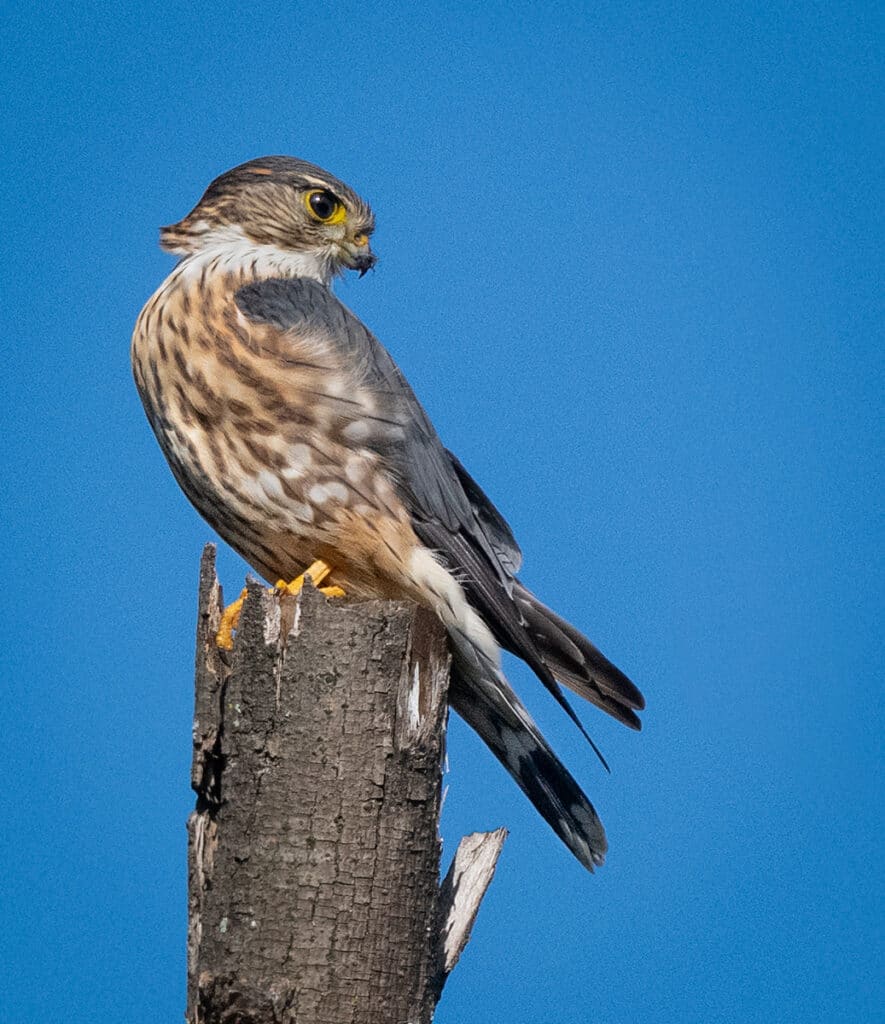
By the time you and your family gather around the table to enjoy Thanksgiving dinner, fall migration at Montrose Point is winding down and the monotony of a Chicago winter is just beginning, but there are always potential surprises, maybe it will be a good year for Snowy Owl migration and Montrose Point is often the first place in Illinois they are found.
To reach the best birding areas at Montrose Point, take Montrose Avenue from Lake Shore Drive east until you reach Montrose Harbor Drive, turn right and drive east until you see the entrance to Montrose Point Bird Sanctuary on your left. You can park on either side of the road here but please note that this area now has parking meters. You can still park further west (west of Montrose Harbor Drive) for free. The entrance to the sanctuary is marked with a large sign over the entrance, just beyond the entrance is the ‘Magic Hedge’ and many trails that wind through the area and lead through to the Montrose Dunes, Beach and Pier areas. Another recent great addition to the area are the wheelchair accessible paths in the sanctuary – these were completed in Fall 2021.


